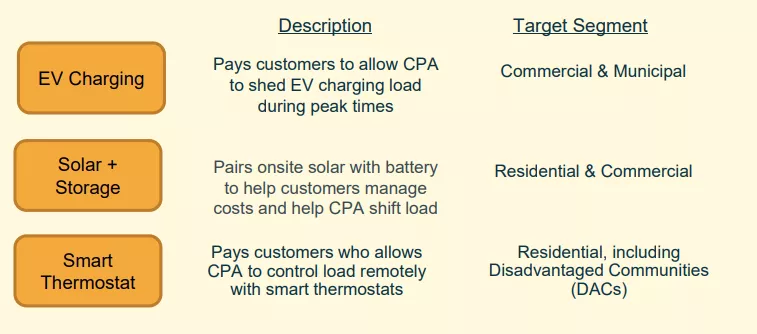November 21, 2019
Earlier this year, more than thirty cities and two counties began receiving power from the Clean Power Alliance of Southern California: a Community Choice program that positioned itself as an alternative power provider that can deliver cleaner power at a cheaper price than Southern California Edison.
What is Community Choice?
Community Choice energy (also known as Community Choice Aggregation or CCA) is a vehicle for local governments to achieve their climate goals. It works by cities and counties pooling residents and businesses electrical load to form a local power agency, serving as an alternative power provider to the investor-owned utility. For many, including the Sierra Club, this has meant that communities can decide where they get their cleaner power from—either by purchasing it on the market, or by developing local renewable resources.
By relying on clean, locally-generated electricity, we can create healthier and more resilient communities, and speed our transition away from fossil fuels that heavily impact our climate. And because CCAs are managed by the local community, the money residents and businesses spend on their electricity bill can be re-invested locally, rather than going to shareholders.
Since MCE (formerly Marin Clean Energy) became California’s CCA program in 2010, the model has spread far beyond Marin County. At the end of 2019, there will be 20 CCA programs throughout the state, marking a decade of explosive growth in the Community Choice movement.
Distributed Energy Resources Pilot Program and new clean energy procurement
In October, Clean Power Alliance approved its first local program – a distributed energy resources (DER) pilot program, expecting it to launch in January 2020.
DERs are local energy resources that are spread out across the CCA’s service territory that would reduce energy demand during certain times in the day. Clean Power Alliance has a few goals for this pilot program, such as improving air quality and public health, reduce greenhouse gas emissions, reduce local energy needs, and increase community resiliency.
At the same meeting, staff discussed their proposal for a Request for Offers that would target two types of clean energy projects: utility-scale (larger than 10 megawatts) and distributed (must be less than 10 megawatts and located in Los Angeles and Ventura counties.
The Sierra Club, in partnership with the International Brotherhood of Electrical Workers, Local 11, worked with staff to ensure that projects bidding into the Request for Offers process favored local projects that would create good jobs and benefit environmental justice communities. We also provided feedback that would set preferences for projects that are in California should there be an interest for non-local projects, and also seek to develop clean energy projects on already disturbed land.
In the next few months, staff is also expected to return to the Board with a set of programs relating to community solar, building and transportation electrification, and energy resiliency for critical facilities. As the process continues, we will be advocating for these programs and the development of local renewable resources that would realize the potential community benefits fostered by a CCA, including, but not limited to, climate resiliency, creating good, local jobs, and building healthier communities.
If you would like to get involved, please email Luis Amezcua at luis.amezcua@sierraclub.org.
